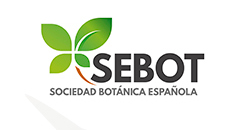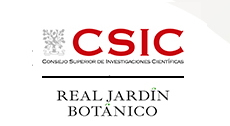Scientific Area
Abstract Detail
Nº613/2175 - Using iNaturalist in Plant Research: Strengths and Challenges
Format: ORAL
Authors
Eduard Lpez-Guilln 1, Ileana Herrera 2,3, Badis Bensid 1,4, Carlos Gmez-Bellver 1, Neus Ibez 1, Pedro Jimnez-Mejas 5, Mario Mairal 6, Laura Mena-Garca 1, Neus Nualart 1, Mnica Utjs-Masc 1 and Jordi Lpez-Pujol 1,2
Affiliations
1 Institut Botànic de Barcelona (IBB), CSIC-CMCNB, Barcelona 08038, Catalonia,
Spain
2 Escuela de Ciencias Ambientales, Universidad Espíritu Santo (UEES), Samborondón
091650, Ecuador
3 Instituto Nacional de Biodiversidad (INABIO), Quito 170501, Ecuador
4 Departament de Biologia Animal, Biologia Vegetal i Ecologia, Facultat de Biociències,
Universitat Autònoma de Barcelona, Bellaterra 08193, Catalonia, Spain
5 Área de Botánica, Departamento de Biología Molecular e Ingeniería Bioquímica,
Universidad Pablo de Olavide, Sevilla, Spain
6 Departamento de Biodiversidad, Ecología y Evolución (Unidad de Botánica), Facultad
de Ciencias Biológicas, Universidad Complutense de Madrid, Madrid, Spain
Abstract
iNaturalist (https://www.inaturalist.org/) self-defined as an online social network of people sharing biodiversity information to help each other learn about nature, and it is likely one of the largest citizen science web portals of the world as it includes nearly 165 million observations of over 430,000 species produced by a community of almost 2.9 million users by December 2023 (for plants, almost 67 million observations of over 154,000 species by nearly 2 million users). This platform presents some strengths and potentialities such as its usability and low technical requirements, immediacy, open-access, the possibility of interacting with other users, artificial intelligence-aided identification, versatility and the automatic incorporation of the validated records to GBIF. However, there are some features that scientists need to take into account when using data from this science portal in research, making sure that the quality of observations does not limit or hinder its usefulness in plant research. While these are identified, we are providing some suggestions to overcome them and, by doing so, increasing the use and adding value of iNaturalist in plant research.




